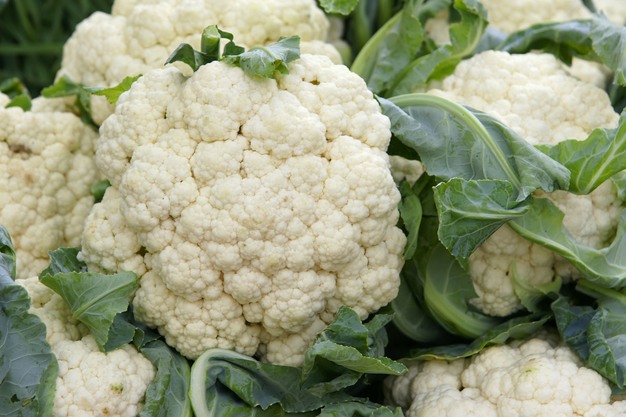"On March 1st, 2024, French cauliflower production for the 2023-2024 campaign was estimated at 183,900 tons, which is 18% less than last year and 21% less than the 2018-2022 average," according to Agreste. In February 2024, prices were also 62% lower than in the 2022-2023 campaign.
 © Dreamstime
© Dreamstime
Production and surface area: turbulent harvest schedule for the 2023-2024 campaign
"French cauliflower surface areas for the 2023-2024 season are estimated at 13,750 hectares, which is 1% less than the previous season and 7% below the average of the last five years. The decline is most marked in the northern basin. French production was down by 18% from last year, and by 21% compared to the five-year average. This decline is mainly due to unfavorable weather conditions in western France, a production basin which accounts for 83% of the national supply for the 2023-2024 season.
In the western basin, production losses were particularly high in November, due to high humidity and to storm Ciaran, as well as a cold snap in January following very wet months. On the other hand, a rebound in production was noted in February following a recovery in temperatures, with a harvest even ahead of schedule for the varieties scheduled for March."
"Low prices in February after the autumn peak"
"In September, prices plummeted due to very mild temperatures that were unfavorable to the consumption of cauliflower. The situation returned to normal in October, with a dip in production and weather more in line with the season. In November, prices soared due to a shortage of supply in Europe and a particularly low French supply due to the weather (high humidity leading to losses in the fields). Prices remained very high in December, although volumes were close to last year's levels. In January, a cold spell then accentuated the cauliflower production deficit, while in February, a period of thaw allowed the return of substantial volumes, with a readjustment of prices, before a market bottleneck that brought prices back below the five-year average, with unsold and withdrawn products."
For more information:
Agreste
